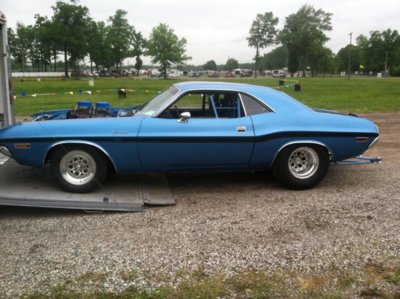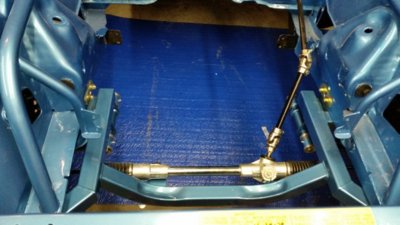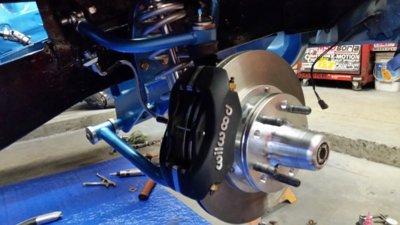The only reason for aluminum k-frames, bumpers, hoods, fenders etc... was for better rear weight bias and lower total weight on a straight running, quarter mile car. Never for a street car. Most people just don't think about the fact that a "race car" was never designed to live on the street. Just remember that a million dollar NASCAR race car only has to last a few hundred miles, not a hundred thousand miles. A quarter mile engine only has to last a quarter mile. Not very economical for daily driving. But it is good if you have a "race car". As always, "fun costs money, how much do you have to spend ?"





















